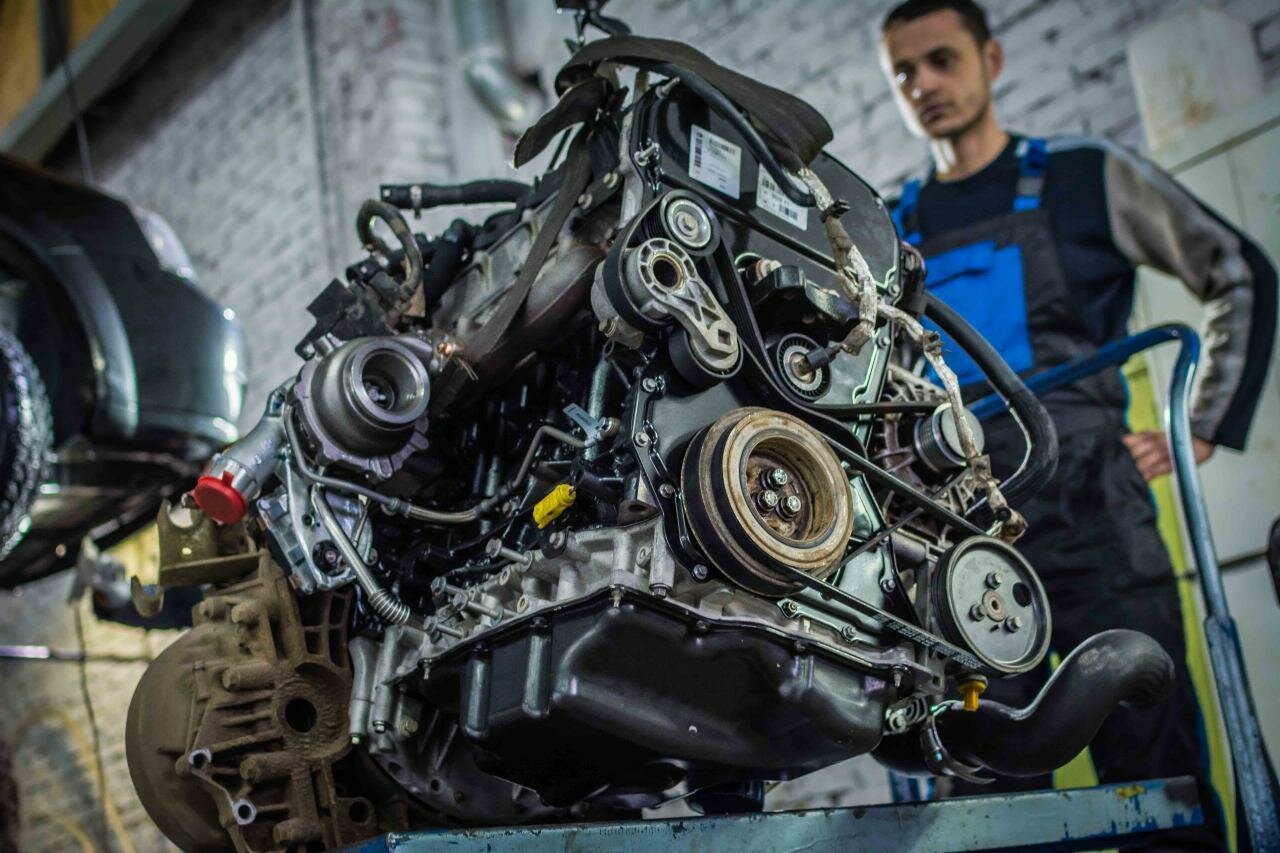Overview of the 2014 Ford F-150 5.0 Engine
A Brief History
The Ford F-150 has long been a staple in the American truck market, known for its durability, versatility, and performance. The 2014 model year marked a significant point in the F-150’s evolution, as it continued to build on the legacy of its predecessors while incorporating new technologies and design elements. Among the various engine options available, the 5.0-liter V8 engine, often referred to as the “Coyote,” was a popular choice for those seeking a balance between power and efficiency. This engine was designed to deliver robust performance, making it suitable for both work-related tasks and recreational activities.
However, the 2014 Ford F-150 5.0 engine is not without its issues. As with any vehicle, certain problems have been reported by owners and mechanics alike, raising concerns about reliability and performance. While the F-150 has a reputation for being tough and dependable, the 5.0 engine has faced scrutiny for various mechanical shortcomings that can affect its overall functionality. Understanding these problems is crucial for potential buyers and current owners alike, as it can influence maintenance decisions and long-term satisfaction with the vehicle.
In this article, we will delve into the specific issues associated with the 2014 Ford F-150 5.0 engine, examining the common problems reported by users and the implications for safety and performance. By providing a clear and straightforward analysis, we aim to equip readers with the knowledge necessary to make informed decisions regarding this popular truck model.
Common Issues with the 2014 Ford F-150 5.0 Engine
The 2014 Ford F-150 equipped with the 5.0-liter V8 engine has garnered attention for both its strengths and weaknesses. While many owners appreciate its power and towing capabilities, several notable problems have emerged over time. Understanding these issues is essential for both current owners and potential buyers.
Engine Misfires
One of the most frequently reported problems with the 5.0 engine is engine misfires. This can occur due to a variety of reasons, including:
- Faulty spark plugs
- Defective ignition coils
- Fuel injector issues
Misfires can lead to a rough idle, decreased fuel efficiency, and increased emissions. In severe cases, they can cause damage to the catalytic converter, leading to costly repairs.
Oil Consumption Issues
Another significant concern is excessive oil consumption. Many owners have reported that their 2014 F-150s consume more oil than expected, which can lead to:
- Frequent oil changes
- Potential engine damage due to low oil levels
- Increased operational costs
This problem often arises from worn piston rings or valve seals, which can allow oil to escape into the combustion chamber.
Timing Chain Tensioner Problems
The timing chain tensioner is a critical component of the engine’s operation. Issues with the timing chain tensioner can lead to:
- Engine noise
- Rough running conditions
- Potential engine failure if not addressed
If the timing chain becomes loose, it can cause the engine’s timing to be off, leading to severe performance issues.
Fuel System Problems
The fuel system in the 2014 F-150 can also present problems. Common issues include:
- Fuel pump failure
- Clogged fuel filters
- Fuel injector malfunctions
These problems can result in poor engine performance, difficulty starting, and reduced fuel efficiency.
Electrical System Failures
Electrical issues can plague the 2014 F-150, affecting various components, including:
- Battery drain
- Faulty sensors
- Malfunctioning dashboard displays
Electrical failures can lead to a range of symptoms, from warning lights on the dashboard to complete engine shutdowns.
Top views |
|
|---|---|
 |
Oil, Timing Chains, Pistons: What Really Kills an Engine Prematurely? |
 |
How to Choose a Car with a Reliable Engine: Used Car Market Hacks That Actually Work |
Symptoms and Consequences
Understanding the symptoms associated with these problems can help owners identify issues early. Below is a table summarizing common symptoms and their potential consequences:
| Symptom | Possible Consequence |
|---|---|
| Engine misfire | Rough idle, decreased fuel efficiency, catalytic converter damage |
| Excessive oil consumption | Frequent oil changes, engine damage due to low oil |
| Engine noise from timing chain | Rough running conditions, potential engine failure |
| Poor engine performance | Difficulty starting, reduced fuel efficiency |
| Electrical issues | Warning lights, engine shutdown |




0 Comments